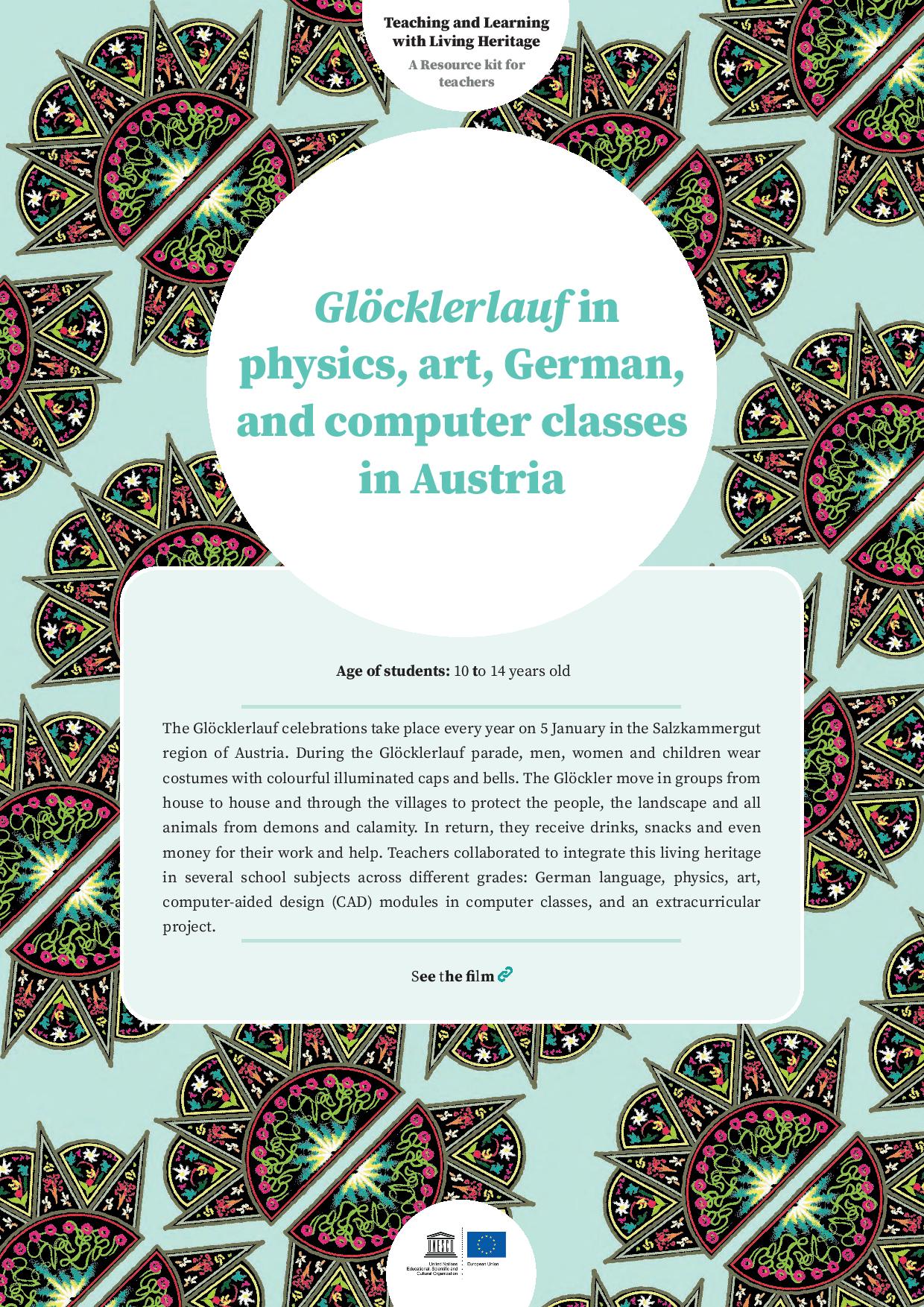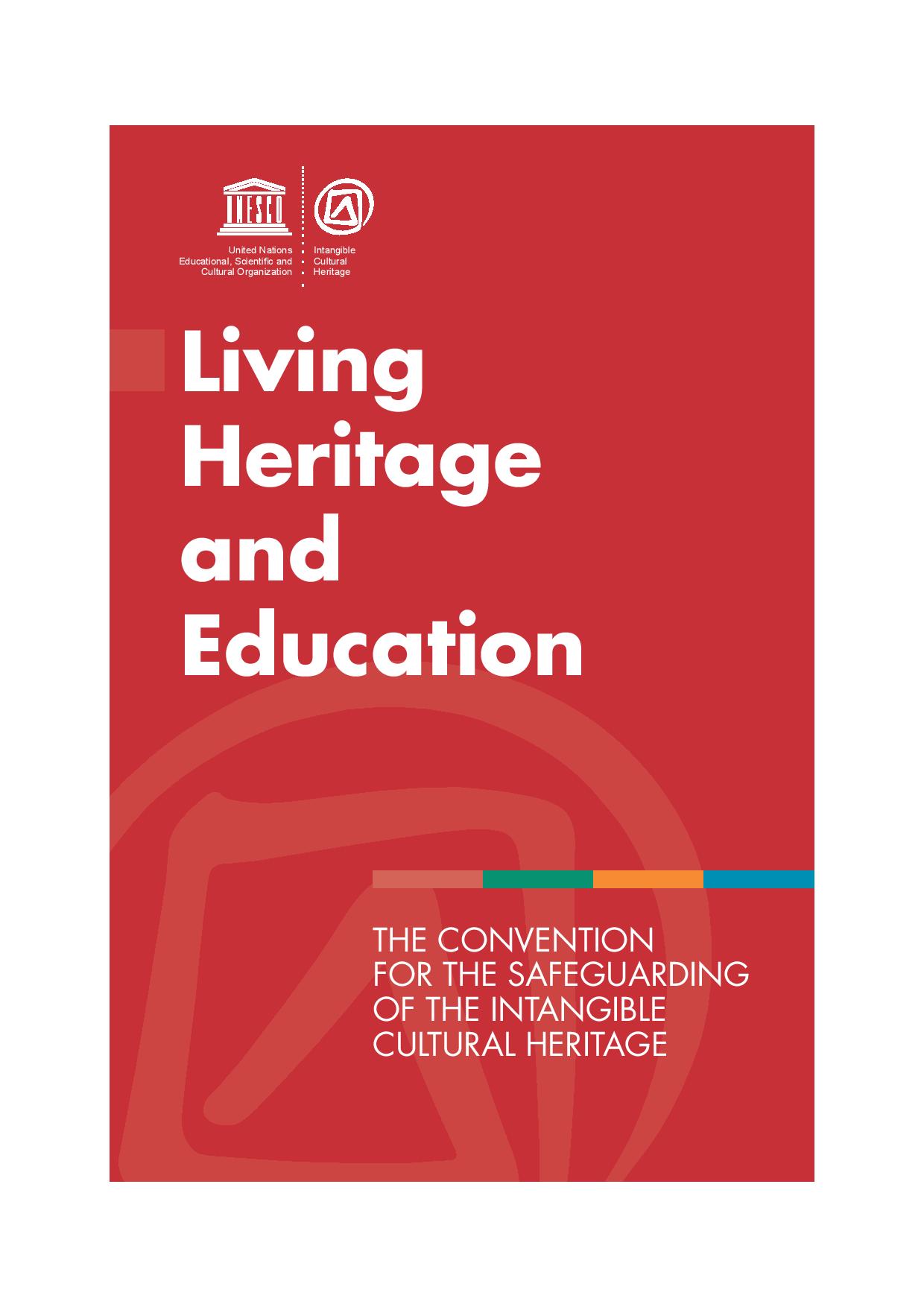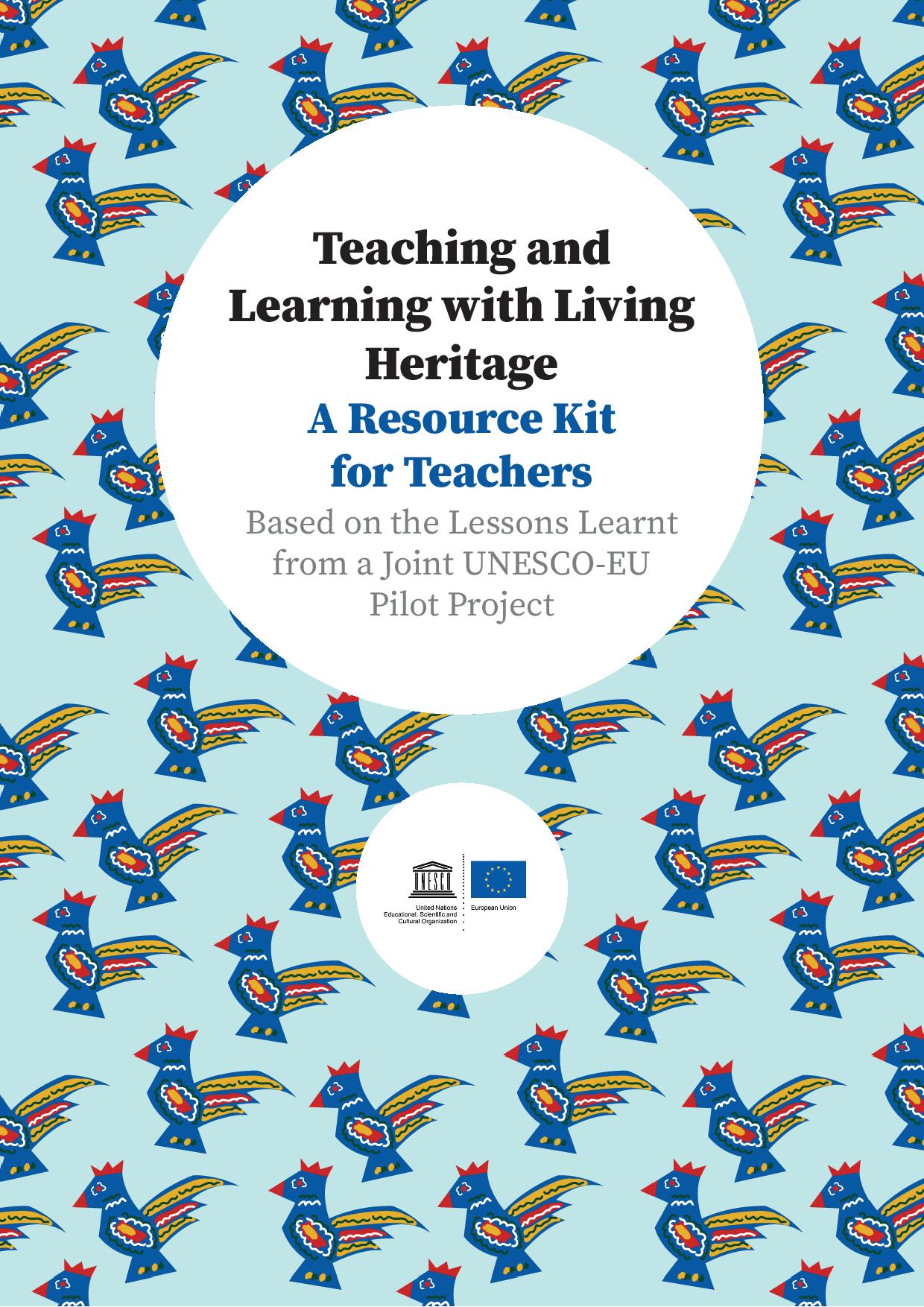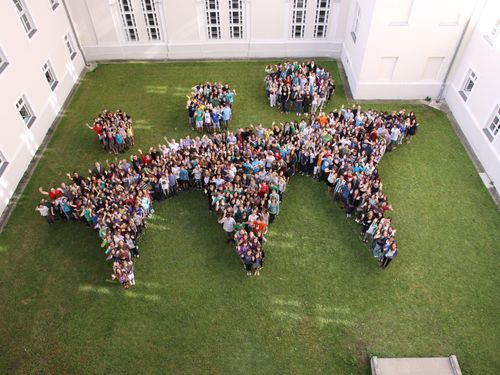Education plays an important role in creating broad awareness of intangible cultural heritage and efforts to protect it. Since 2017, UNESCO has been working to implement initiatives that contribute to the protection of intangible cultural heritage through formal and non-formal education. Currently, there are activities in more than 30 countries worldwide. The viability of living heritage relies on efforts to create awareness among younger generations and help them explore, recognize and participate in the transmission of their living heritage. When intangible cultural heritage is valued, recognized, and shared, especially at a young age, it cultivates respect and appreciation for cultural diversity, facilitates intercultural dialogue, and contributes to more resilient, peaceful, and inclusive societies.
Example: Glöcklerlauf in physics, art, German and computer classes
While the Glöcklerlauf attracts fewer and fewer young participants, most of the students at the Bad Goisern Middle School felt a strong connection to this intangible cultural heritage. They were familiar with the examples given by the teachers and the objects integrated into the lessons and found their inclusion meaningful. Teachers noted that their students showed greater motivation to participate because of this experiential approach. Despite challenging exercises, such as digitizing complex patterns, students enjoyed themselves and achieved excellent results. All learning objectives were met and teachers expressed their interest in continuing to teach through intangible heritage in the future.
International Examples
- Belgium: Japanese Hanga printing in art and mathematics classes
- Estonia: Kama recipe in language and mathematics classes
- Greece: Rebetiko in literature, English language, sports and ICT classes
- Lithuania: Kūčiukai Christmas cookies in language and technology classes
- The Netherlands: The poldermodel in economics, social studies and history classes
- Poland: Stroje ludowe, traditional decorative patterns in mathematics classes
- Spain: O Merdeiro in Galician language, geography, music and art classes
- Czechia: Masopust carnival in language, history, civics and art classes
- Cyprus: Lefkara laces and carob products in mathematics classes and extracurricular activities






![[Translate to English:] [Translate to English:]](/fileadmin/_processed_/2/f/csm_UNESCO_PlakatHRS_SUJET_4cfdac46c7.jpg)



